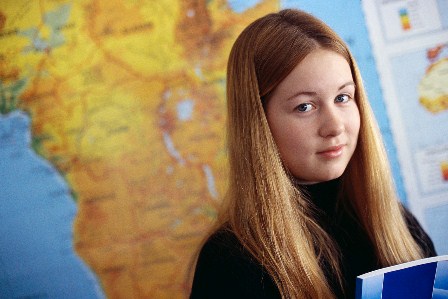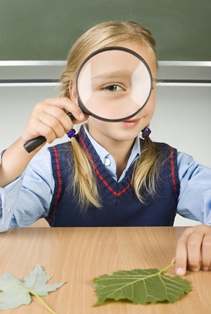|
| |
 Recognizing that each individual possesses gifts, talents, abilities that might not have been discovered, and that personal interests might not have been explored in depth; the School District 8 Enrichment Centre will seek to assist schools in:
Creating enrichment opportunities for ALL students
Providing appropriate challenges for the gifted and talented
The Enrichment Centre endorses the New Brunswick Education Mission Statement:
“The mission of public education in New Brunswick is to have each student develop the attributes needed to be a life-long learner, to achieve personal fulfillment and to contribute to a productive, just and democratic society".
Therefore, the centre will:
Promote the implementation of the "Schoolwide Enrichment Model" (SEM) (Purcell & Renzulli, 1998) as supported by the NB Department of Education.
Seek to offer enrichment opportunities on a district wide basis.
|
What is Enrichment?
 Enrichment is for all learners, may be done by whole class, in small groups or individually, may take place in the classroom, in the community or in another setting, occurs during and/or after hours of instruction. The Enrichment Triad Model (Purcell & Renzulli-1998) provides a framework for the provision of Enrichment learning opportunities for al students in NB schools. From: NB Enrichment Guide for Teachers
"A rising tide lifts all ships"
by: Joseph Renzulli
Facts about Enrichment
1. Enrichment plays a critical role in the education of all students.
2. Many enrichment models used for gifted learners can be appropriated all students. The Enrichment Triad Model is one.
3. Enrichment deals with appropriate additions to the current curriculum.
4. Many enrichment strategies can be used by the classroom teacher and/or by the school. Differentiated instruction is one, enrichment clusters is another.
5. The goal of enrichment is to expose students to new experiences and to develop new knowledge and skills.
|
What is Giftedness?
 Being gifted and talented refers to students with demonstrated achievement and/or potential ability in areas such as general intellectual ability, specific academic aptitude, creative and pro ductive thinking, visual and performing arts, leadership capacity and kinesthetic competence. Identification of gifted and talented learners shall be multi-dimensional rather than based on a single measure of intelligence or a single instrument. Being gifted and talented refers to students with demonstrated achievement and/or potential ability in areas such as general intellectual ability, specific academic aptitude, creative and pro ductive thinking, visual and performing arts, leadership capacity and kinesthetic competence. Identification of gifted and talented learners shall be multi-dimensional rather than based on a single measure of intelligence or a single instrument.
The screening and identification process should consider skills in learning, motivation, creativity, leadership, art, communication, planning and study.
From: DOE Gifted and Talented Resource Guide (1997), Alberta Learning-Teaching Students who are Gifted and Talented (2000)
Facts about Giftedness
Although there are many lists of characteristics of giftedness (Winebrenner, (2001) has developed a very “user friendly” short list of five:
- Learns faster, and at an earlier age, than age peers.
- Remembers what has been learned.
- Is able to deal with concepts that are too complex and abstract for age peers.
- Has a passionate interest in one or more topics.
- Does not need to watch the teacher or to hear what is being said; can operate on multiple brain channels simultaneously and process more than one task at a time
From: Gifted and Talented Students: A Resource Guide for Teachers, NB DoE, (2007) |
Recent News
Upcoming Events
|
|
true,true,3
|
|
|
|
|